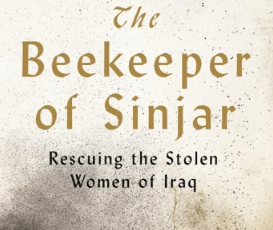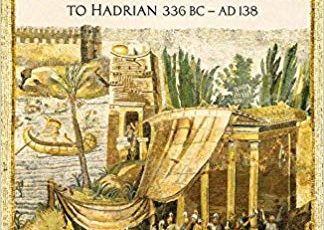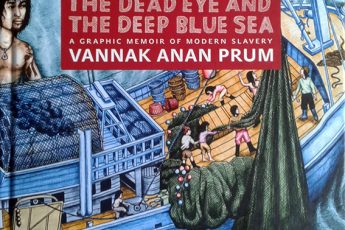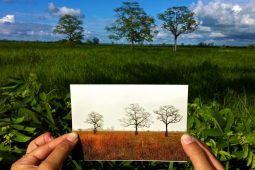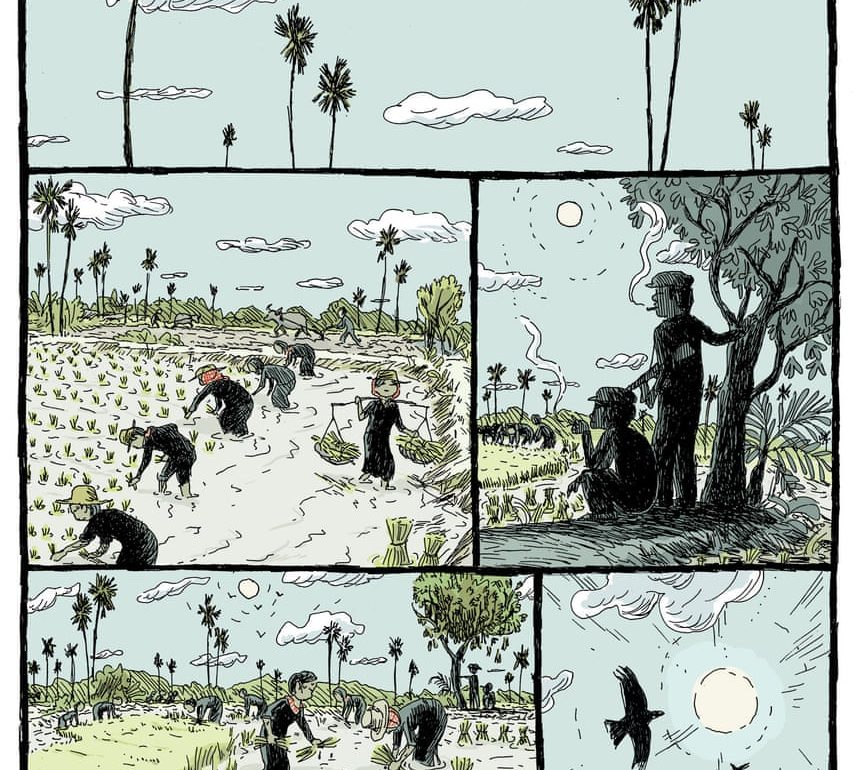
Graphic Novel Gives Unique Take on Khmer Rouge Times
The Guardian review, Rachel Cooke, 4th February 2020
I feel more and more that comics are capable of dealing even with the most difficult of subjects – an ability that has to do, I think, with their relative lack of words. Unlike a novel, they can make full use of silence. Pain may be seen in a glance on the faces of their characters; foreboding may be found in the sky and the trees. Tian Veasna’s brilliant and powerful book about the murderous reign of the Khmer Rouge in Cambodia, and the experiences of his family under the regime, is a case in point. Its storytelling is extremely nimble, making easy work of complex political history. But it’s also exquisitely spare. Sometimes, there is nothing to be said; no words are adequate. In these moments, Veasna lets his brush do the talking. Like a bird, he soars above the country where he was born, gazing down on its gutted cities, on its workers slaving in the fields. The documentary precision of his landscapes seems to do the work of a thousand written pages.
Veasna was born in 1975, just three days after the Khmer Rouge seized power in Phnom Penh. Year of the Rabbit traces the day-to-day lives of his parents, first as they join the exodus of people from the cities to the countryside, and then later, as they plan their escape from a country that has in effect become a giant prison camp (eventually, they will make it to France, where he grew up and still lives). Veasna’s father, Khim, is a doctor, and as such is considered to be an intellectual enemy of the bizarrely philistine new Democratic Kampuchea, which prefers to put its faith in traditional medicine. So as he travels, he must hide his identity. This, however, is the least of his worries. The regime takes everything. People are starving. Spies and snitches are everywhere. In the villages, where the masses must wear identical clothes, follow identical routines, and work only for the glory of the motherland, growing your own tomato plant is enough to get you killed.
Year of the Rabbit is an account of terror and unimaginable loss. But it’s not only this. I felt slightly guilty that I found it so exciting – and it was an education, too. Veasna punctuates his story with detailed historical maps, and with a series of darkly funny panels in which he details some of the loopier and more arcane beliefs and practices of the Khmer Rouge. In one, he explains how a person might look like an enemy of the state (appear elegant or distinguished; hesitate when asked about the past). In another, he draws one of the “new people” of Kampuchea, and the very few things he is allowed to own: a lice comb; a spoon; one bar of soap per family, per year. Beyond the fear, the disappearances and the mass graves, as Veasna reveals again and again, there lies a terrible absurdity: those old bedfellows, stupidity and cruelty, go hand in hand, each cheering the other on from the sidelines as their heinous work is done.


